Essential Tree Felling Equipments for Safe and Efficient Logging Operations
- August 16, 2024
- 0 comment
Tree felling is one of the most challenging and potentially dangerous tasks in forestry. The success of a tree felling operation hinges on the proper use of equipment designed to ensure both safety and efficiency.

Whether you’re a seasoned professional or just starting in the logging industry, understanding and using the right Tree Felling Equipments is critical. This guide explores the essential tools and gear every logger needs to conduct safe and efficient tree felling operations.
Personal Protective Equipment (PPE)
Safety should always be the top priority in any logging operation, and personal protective equipment (PPE) is the first line of defense against the numerous hazards that loggers face. Tree Felling Equipments in the form of PPE are designed to protect you from potential injuries caused by falling branches, chainsaw accidents, and other risks associated with tree felling.
Head Protection
One of the most critical pieces of Tree Felling Equipments is a helmet or hard hat. Falling branches, also known as “widow-makers,” are a constant threat during tree felling.
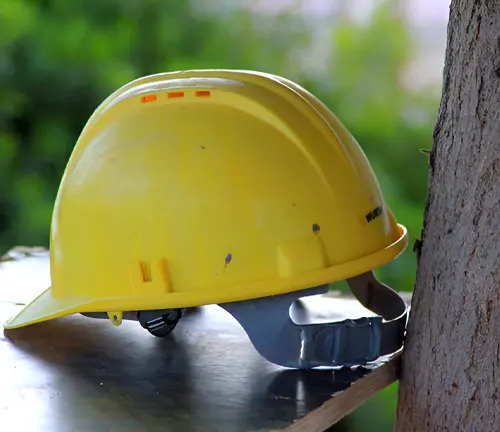
A helmet can protect against serious head injuries by absorbing the impact of falling debris. Additionally, many helmets come equipped with integrated face shields or visors, providing extra protection for the eyes and face.
Eye and Ear Protection
Safety goggles or glasses are essential to protect your eyes from sawdust, wood chips, and other flying debris. These small particles can cause significant damage if they come into contact with your eyes, potentially leading to severe injuries or even blindness.

Ear protection is equally important, as prolonged exposure to the loud noise of chainsaws can result in hearing loss. Over-ear defenders or earplugs are commonly used to reduce noise exposure, ensuring that your hearing remains intact.
Body Protection
Chainsaw chaps are made of thick, durable material and are crucial Tree Felling Equipments designed to stop the chainsaw’s chain in the event of accidental contact. These chaps can prevent serious leg injuries by jamming the chainsaw and stopping it almost instantly.
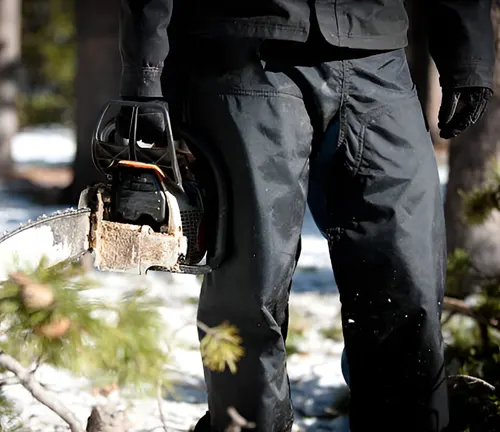
Gloves are another essential piece of body protection, providing a better grip on tools and protecting your hands from cuts, abrasions, and blisters.
Foot Protection
Steel-toed boots are a must-have among Tree Felling Equipments. These boots protect your feet from heavy objects, such as logs, that could cause crushing injuries.
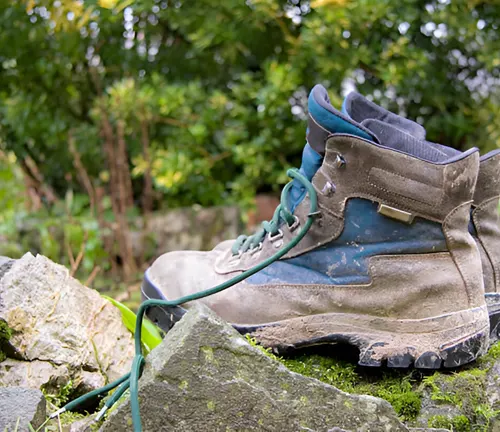
It also provide traction and stability on uneven or slippery terrain, helping to prevent slips and falls.
Primary Tree Felling Tools
To fell a tree safely and efficiently, you need the right Tree Felling Equipments. These primary tools are the backbone of any tree felling operation and are essential for performing the job correctly.
Chainsaws
The chainsaw is the most crucial tool in any logger’s arsenal. Choosing the right chainsaw depends on the size and type of tree you’re dealing with. For smaller trees, a lightweight chainsaw with a shorter bar length is usually sufficient.
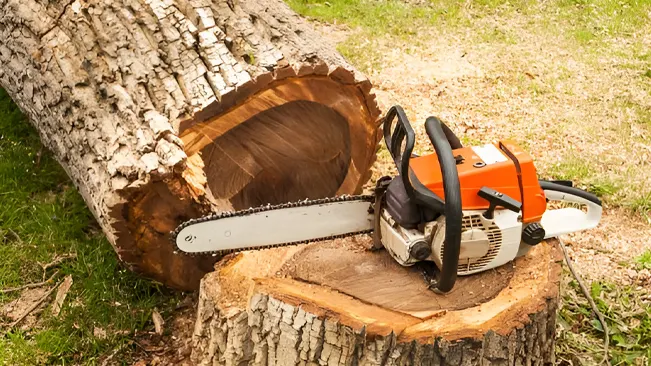
However, for larger trees, you’ll need a more powerful chainsaw with a longer bar to make deeper cuts. Regular maintenance, including sharpening the chain and checking the tension, is vital to ensure the chainsaw operates efficiently and safely.
Axes and Hatchets
While chainsaws are the primary tool for felling trees, axes and hatchets still play a vital role, especially in clearing branches or making initial cuts.
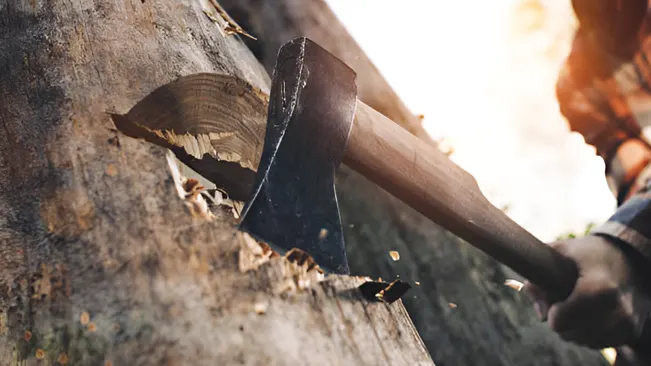
Axes are also useful in situations where precision is required, or when working on smaller trees or branches that don’t require the power of a chainsaw.
Secondary Equipment for Enhanced Control
Secondary Tree Felling Equipments are equally important in ensuring that the tree falls in the intended direction and that the operation proceeds smoothly.
Ropes and Winches
Ropes and winches are indispensable for controlling the direction of the tree’s fall, especially in challenging conditions.
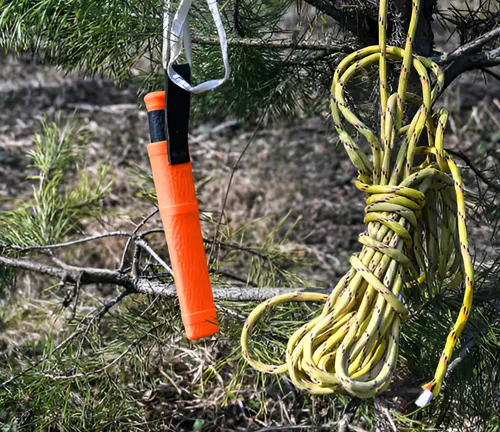
Ropes can be used to pull the tree in the desired direction, while winches provide additional force and control. When using ropes, it’s essential to choose ones that are strong enough to handle the weight of the tree and to ensure that they are securely tied to prevent slipping.
Wedges
Wedges are critical tools for preventing the tree from pinching the chainsaw during the back cut and for guiding the tree’s fall.
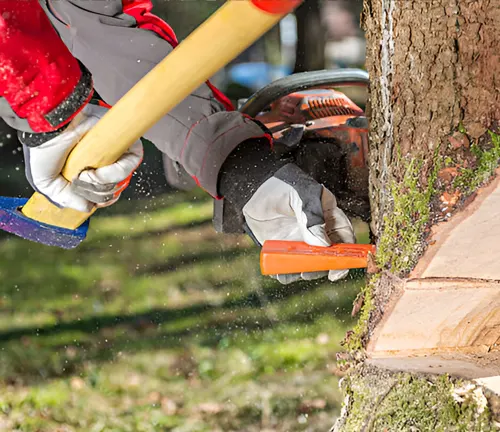
By inserting a wedge into the cut, you can control the direction of the fall and prevent the tree from leaning back toward the saw. There are different types of wedges, including plastic and aluminum, each suited to different felling scenarios.
Specialized Tree Felling Equipments for Advanced Tree Felling
In more complex tree felling operations, specialized Tree Felling Equipments are required to manage difficult trees effectively.
Boring Bars and Chainsaw Attachments
Boring bars are specialized tools used for making bore cuts, particularly useful when dealing with large diameter trees or trees that lean heavily. Bore cuts help in setting the hinge wood more effectively, providing greater control over the fall.
Chainsaw attachments, such as chainsaw mills or specialized bars, can also enhance the versatility and efficiency of the chainsaw, allowing it to perform more complex tasks.
Rigging Gear
In situations where trees are exceptionally large or hazardous, rigging gear becomes essential. Rigging blocks, pulleys, and slings are used to control and direct the fall of the tree in a controlled manner.
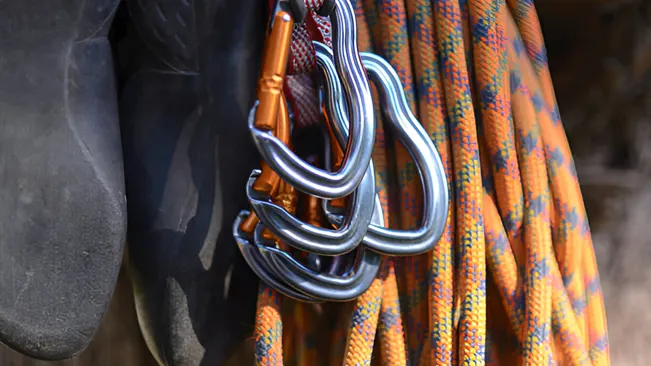
Setting up a rigging system requires careful planning and a thorough understanding of the forces involved. Proper use of this gear can prevent accidents and ensure that the tree falls precisely where it’s intended to.
Maintenance of Tree Felling Equipment
Maintaining your tree felling equipment is crucial for ensuring that it operates safely and efficiently. Regular maintenance also extends the lifespan of your tools, saving you money in the long run.
Regular Inspection and Upkeep
Before and after every use, inspect your equipment for any signs of wear and tear. For chainsaws, this includes checking the chain tension, sharpening the chain, and ensuring that the bar is straight and free of damage.
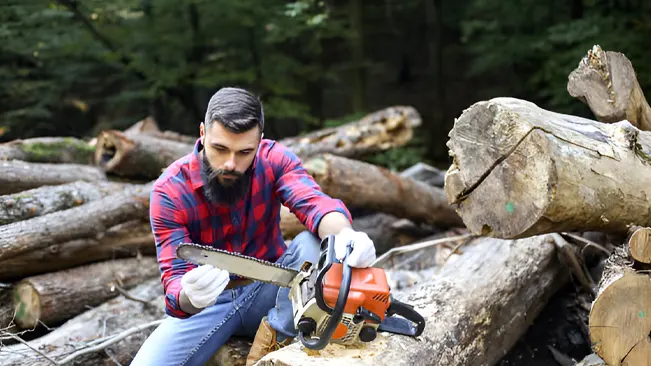
Ropes should be checked for fraying or weakening, and wedges should be inspected for any cracks or chips. Regularly lubricate moving parts and replace any components that show signs of wear.
Storage and Handling
Proper storage is key to prolonging the life of your equipment. Chainsaws should be stored in a cool, dry place, and the chain should be oiled to prevent rust. Ropes and rigging gear should be coiled and stored in a manner that prevents tangling and damage.
Always clean your tools after use to remove dirt, sap, and other debris that could cause corrosion or damage.
Conclusion
In tree felling, the right Tree Felling Equipments are essential for both safety and efficiency. From personal protective gear to specialized felling tools, each piece of equipment plays a vital role in ensuring that logging operations are conducted safely and effectively. By investing in quality tools and maintaining them properly, professional loggers can reduce the risks associated with tree felling and increase their productivity.
Understanding and utilizing the right Tree Felling Equipments not only protects the logger but also ensures that the job is done efficiently, preserving both time and resources. As with any task in forestry, continuous learning and adherence to best practices are critical to mastering the art of tree felling.
Frequently Asked Questions (FAQ’s)
- What is the most essential piece of personal protective equipment (PPE) for tree felling?
A hard hat or helmet is the most essential PPE, as it protects against head injuries from falling branches or debris. - How do I choose the right chainsaw for tree felling?
The right chainsaw depends on the size and type of tree. For smaller trees, a lightweight chainsaw with a shorter bar length is sufficient, while larger trees require a more powerful chainsaw with a longer bar. - Why are steel-toed boots important in tree felling operations?
Steel-toed boots protect your feet from being crushed by heavy logs or tools and provide stability on uneven terrain. - What is the purpose of using wedges during tree felling?
Wedges are used to control the direction of the tree’s fall, prevent the tree from pinching the saw, and ensure a safe and controlled felling process. - How often should I inspect and maintain my tree felling equipment?
Equipment should be inspected before and after each use, with regular maintenance such as sharpening chains and checking rope integrity to ensure safety and efficiency. - What type of rope is recommended for tree felling?
Strong, durable ropes made from materials like polyester or nylon are recommended, as they can handle the weight and tension involved in guiding a tree’s fall. - What is a boring bar, and when should it be used?
A boring bar is a specialized tool used for making bore cuts in large or leaning trees, providing better control over the tree’s fall by setting the hinge effectively. - How can I ensure my chainsaw remains in good working condition?
Regularly sharpen the chain, check the chain tension, clean the saw after each use, and store it in a dry place to prevent rust and damage. - What are the benefits of using a winch in tree felling?
A winch provides additional force and control, making it easier to guide the tree in the desired direction, especially in difficult felling scenarios. - How should tree felling equipment be stored to prolong its lifespan?
Equipment should be stored in a cool, dry place. Chainsaws should be oiled and cleaned before storage, and ropes should be coiled properly to avoid tangling and damage.

Jordan Blake
Forestry AuthorJordan Blake is a forestry expert with over 15 years of experience in arboriculture and community education. Passionate about sustainable forest management, Jordan regularly writes for Forestry.com and Tree Care Magazine. Holding certifications in tree health assessments and urban forestry management, Jordan conducts workshops to educate the public on sustainable practices. Jordan has a degree in Environmental Science and enjoys hiking and photography in their free time.


Leave your comment